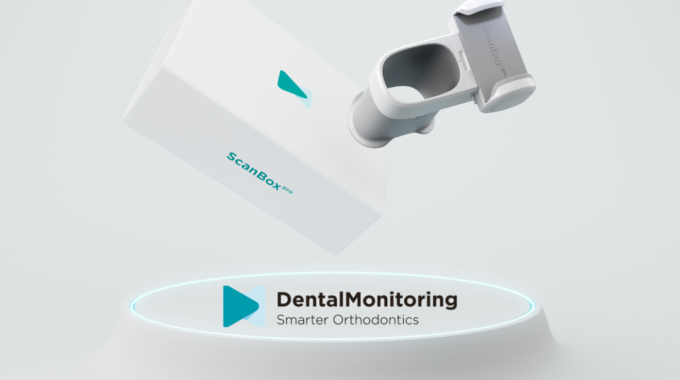What is Dental Monitoring? Dental Monitoring is a program that has been developed by a…

DIY Orthodontics- what you should know before you start
There is a growing trend in people seeking “DIY Orthodontics” where you buy braces online without seeing a trained professional.
Some companies will ask you to send in selfie-style photos of your teeth for an initial assessment. You can then order a kit to take moulds of your teeth at home and once these have been processed, you will receive your aligners through the post, without even stepping into a dental practice.
Why is it becoming more popular? The simple answer is cost. Everyone knows that Orthodontics can be expensive, and DIY Orthodontics is comparatively cheap, but is it worth the risk?
The British Orthodontic Society doesn’t think so and strongly advises the public not to undertake such treatments.
Bear in mind that an Orthodontist trains for 5 years to become a dentist and then a further 3 years to become a specialist, so they are armed with the knowledge to help choose the right brace for your individual orthodontic issue. Only those dentists who are registered on the orthodontic specialist list with the General Dental Council, can call themselves a Specialist Orthodontist.
You might want to consider the following points before making your decision to “Do-it-yourself”.
- Clinical examination: Many dental issues cannot be diagnosed from photos alone. Seeing a clinician means that they can check the health of the gums and teeth first, which may require x-rays. If any dental issues are uncovered, such as gum disease or decay, these will need to be resolved prior to having braces fitted. If you have active gum disease, orthodontic treatment can exacerbate it and, in the worse cases, can result in tooth loss.
- Only one treatment option: DIY braces can only provide one option to straighten teeth, removable aligners. Whilst this may suit some, it certainly won’t be ideal for everyone. When you see an Orthodontic Specialist, they will go through a variety of suitable options, explaining the pros and cons of each one. They will also be able explain why some braces may not be suitable in your case and what would happen if you chose not to have treatment right now. Having all that additional information will help you make the right orthodontic choices.
- Limited movement: DIY braces straighten teeth by allowing them to tip forward. In mild crowding cases, this may produce an acceptable result. However, teeth must only be moved within their biological limits…too much tipping can result in gum recession and opening of the bite. An experienced Orthodontist will know what these limits are and be able to treat both simple and complex cases to a more stable result.
- Unsupervised treatment: Whatever brace you have; fixed, Invisalign, lingual braces…it is important that you are seen by an Orthodontist on a regular basis to check both tooth movement and dental health. Unsupervised treatment can lead to less desirable results and therefore, a greater need for further treatment.
Orthodontic treatment can make a real difference, make sure it’s for all the right reasons. Seeing an experienced clinician will allow treatment to be carefully monitored and ensure that any problems that may arise are quickly addressed.
At Northwood Orthodontics, we understand that the financial commitment of Orthodontic treatment can be daunting, so we can arrange for you to spread the cost over the course of treatment in interest-free monthly instalments.



